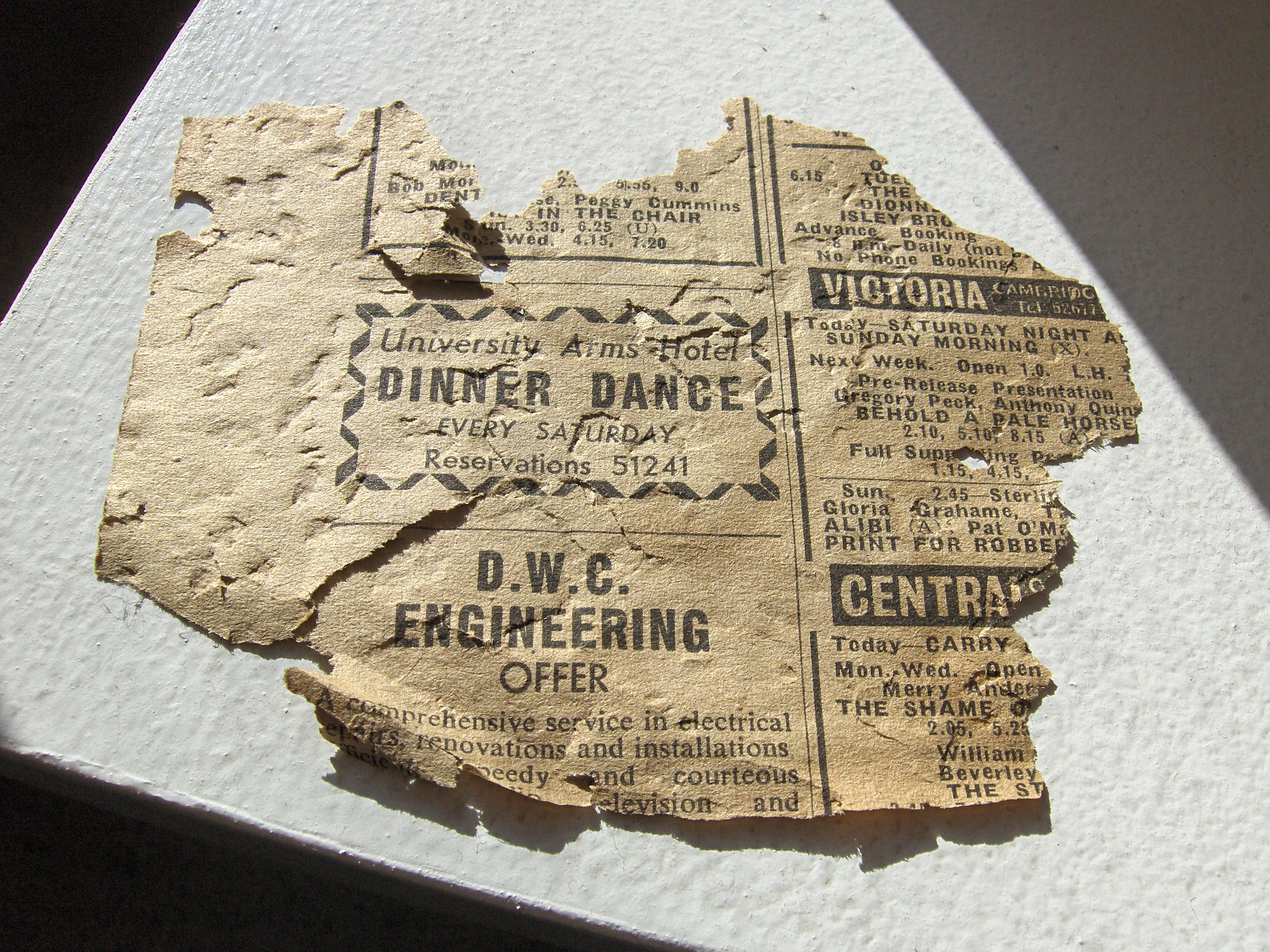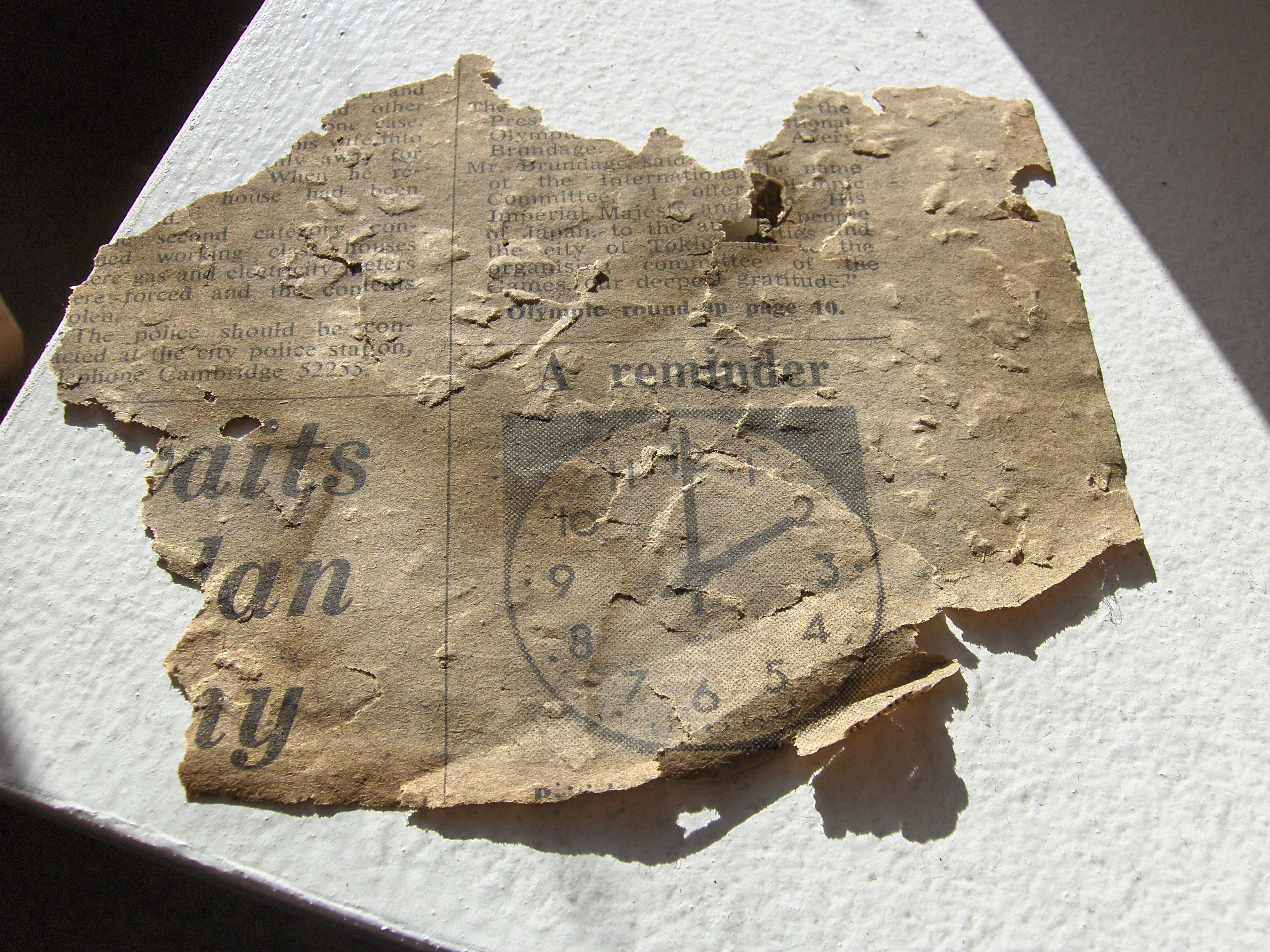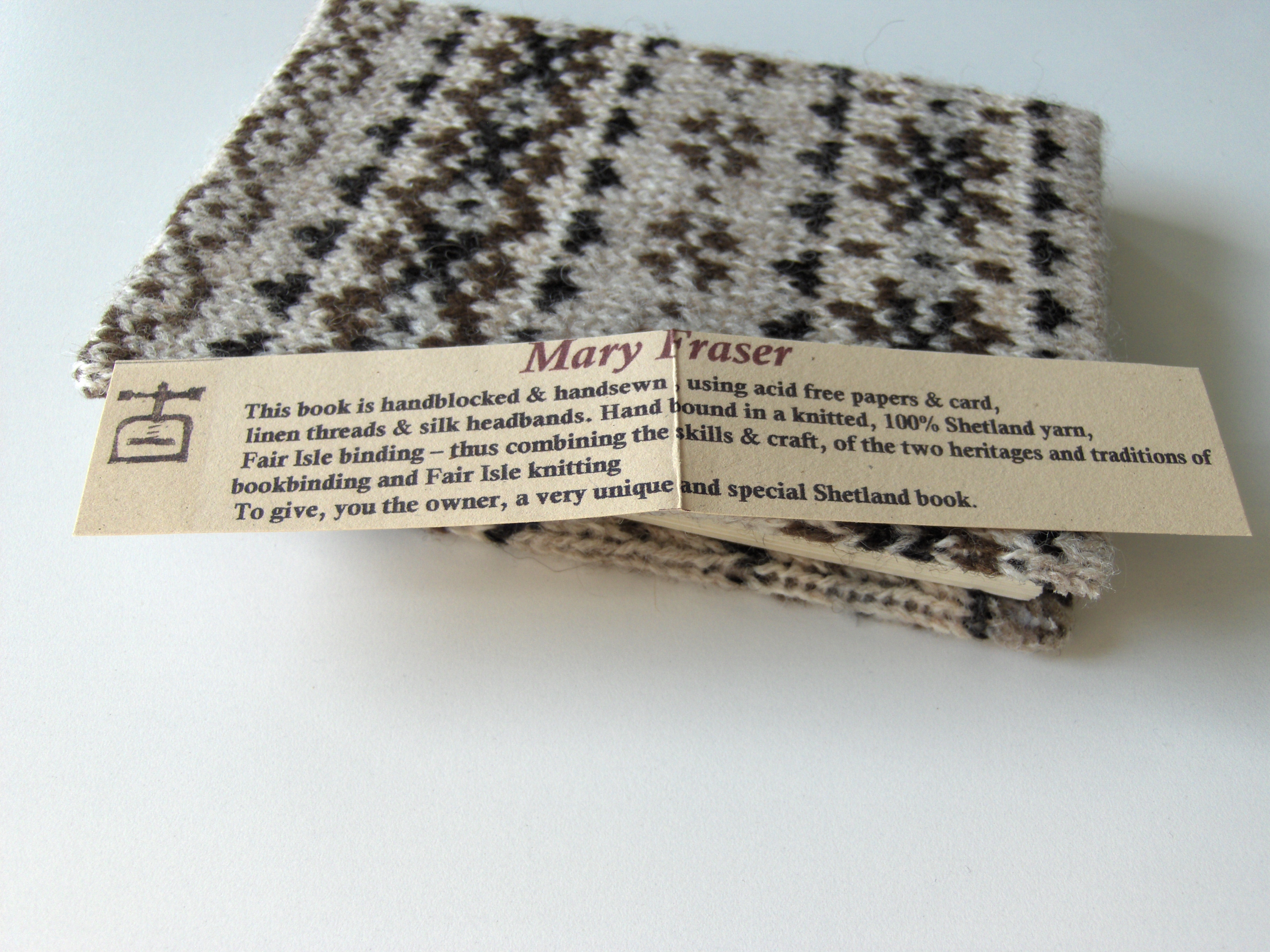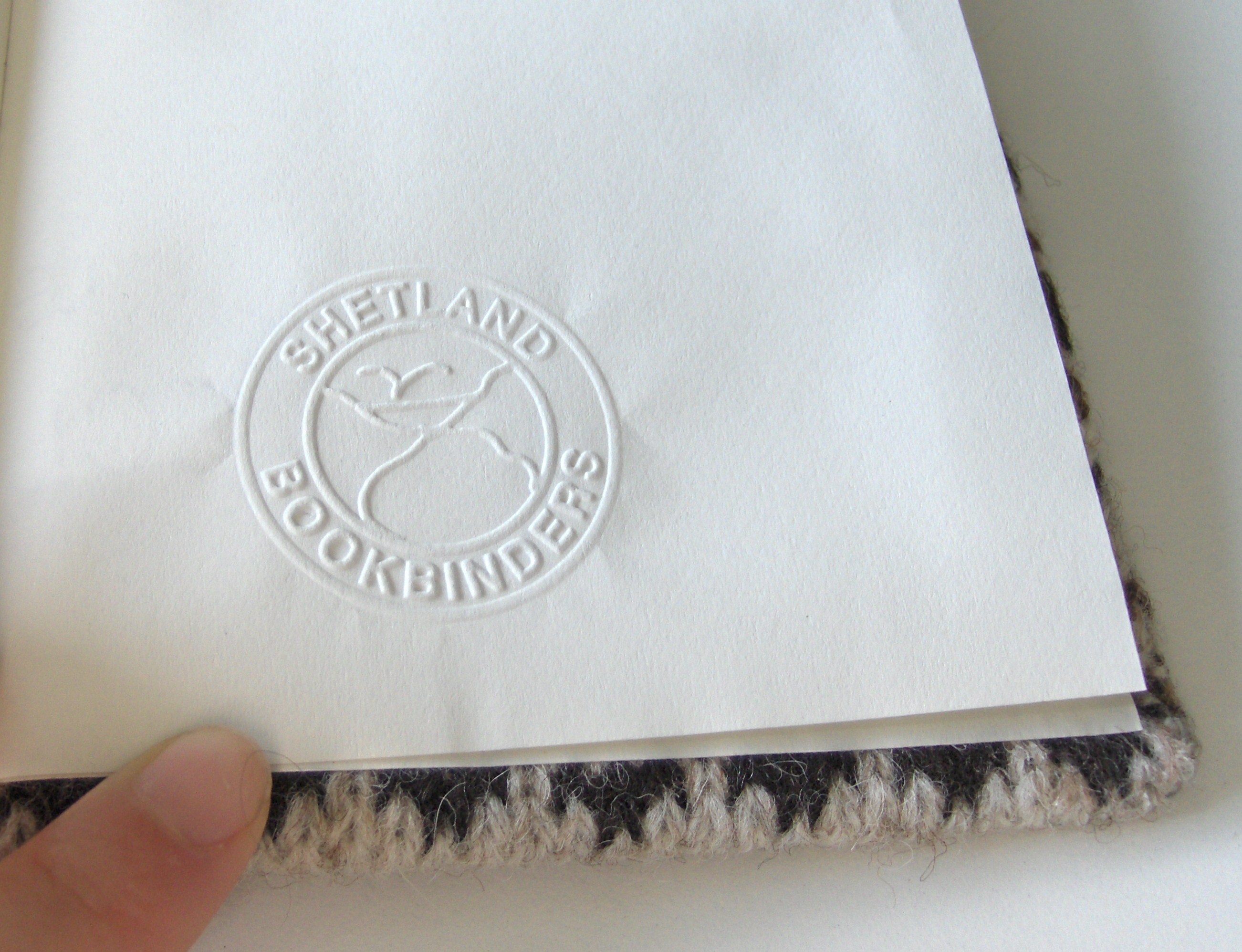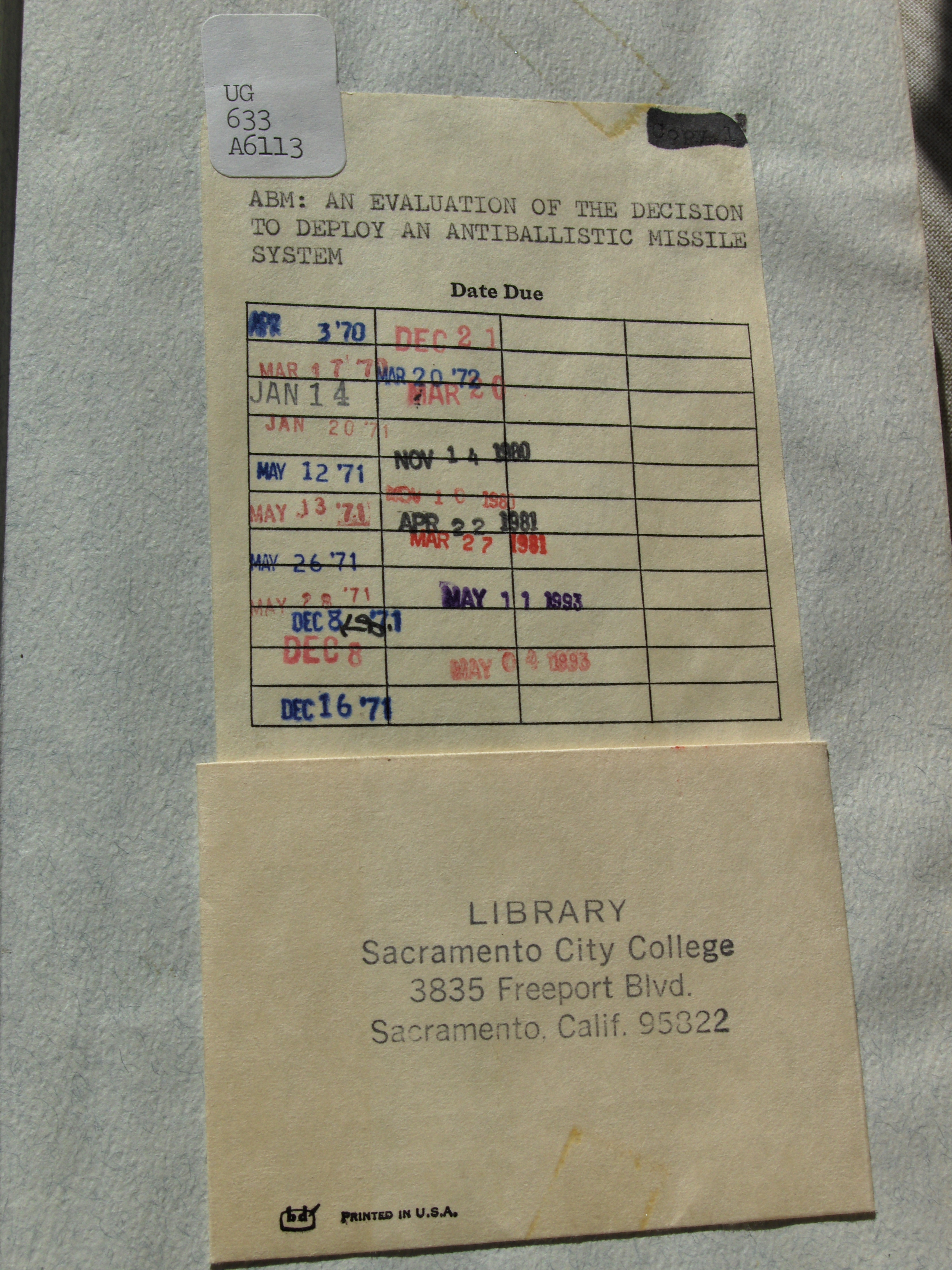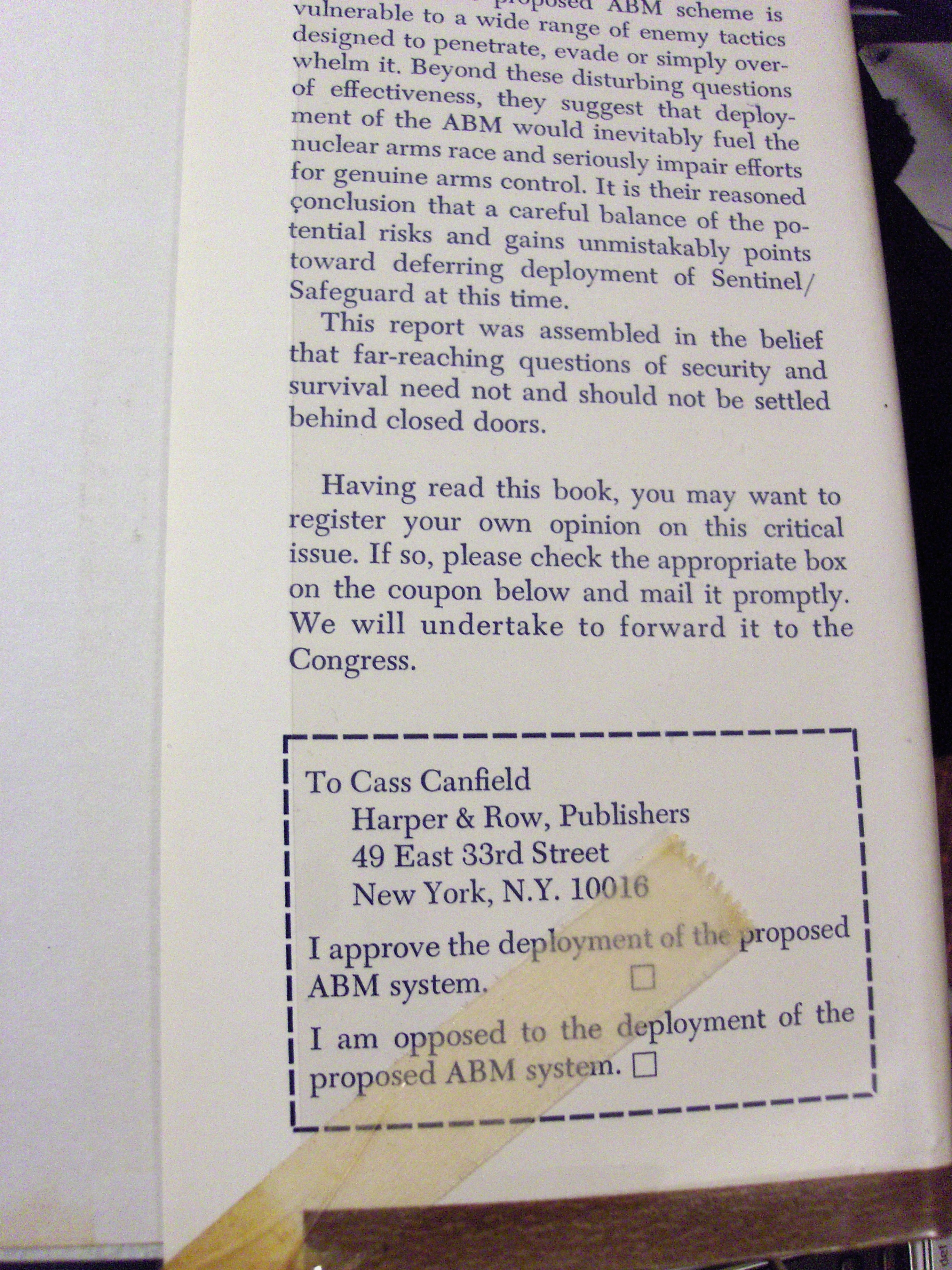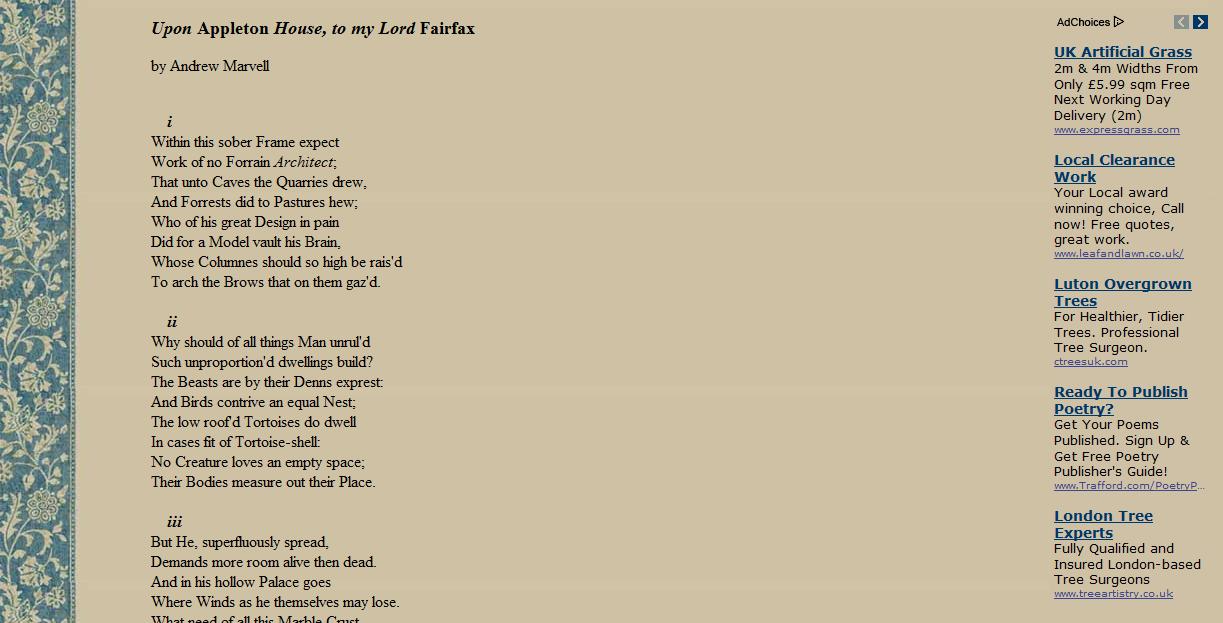TEXTS AND TEXTILES
a conference organised by the Centre for Material Texts
to be held 11-12 September 2012 at Jesus College, Cambridge
The shared origin of text and textile in the Latin texere, to weave, is a critical commonplace. Many of the terms we use to describe our interactions with words are derived from this common linguistic root, and numerous other expressions associated with reading and writing are drawn from the rich vocabulary of cloth. Textiles are one of the most ubiquitous components of material culture, and they are also integral to the material history of texts. Paper was originally made from cotton rags, and in many different cultural and historical settings texts come covered, wrapped, bound, or decorated with textiles. And across the domestic, public, religious, and political spheres, textiles are often the material forms in which texts are produced, consumed, and circulated.
In the light of the CMT’s current research theme on ‘the material text in material culture’, we invite papers which consider any of the many dimensions of the relationship between texts and textiles. There are no historical, geographical, or disciplinary limitations. Areas to be addressed could include:
the shared language of texts and textiles
construction and deconstruction: to weave, spin, stitch, knit, stitch, suture, tie up or together, piece, tailor, gather, fashion, fabricate, mesh, trim, stretch, wrap, unfold, unpic
challenges and problem-solving: knots, tangles, holes; to lose the thread, iron out creases, unravel, cut, keep on tenterhooks
pieces and fragments: rags, patches, patchwork, scraps, strands, threads, rhapsodies, patterns, seams, loose ends, layers
the stuff of books
bookbindings and covers
incunabula – ‘swaddling clothes’
medieval girdle books, book chemises
paper and paper-making
cutting, sewing, and stitching in and on books
scrapbooks, albums, collages
book ribbons and bookmarks
carpet pages
textiles in illustrations, frontispieces, title pages
textile texts
needlework and words: tapestry, embroidery, samplers, quilts, hangings, carpets, banners
the needle and the pen
printed textiles
sacred/religious texts and textiles
love-tokens, keepsakes, charms, and relics
cushions, badges, handkerchiefs, flags, scarves, uniforms, livery and other textual/textile ephemera
professional and amateur work
relationships and networks of gifts, patronage, exchange
pattern books, sample books, costume books
Proposals of up to 250 words for 20-minute papers should be sent to Jason Scott-Warren (jes1003@cam.ac.uk) and Lucy Razzall (lmfr2@cam.ac.uk) by 30 April 2012
